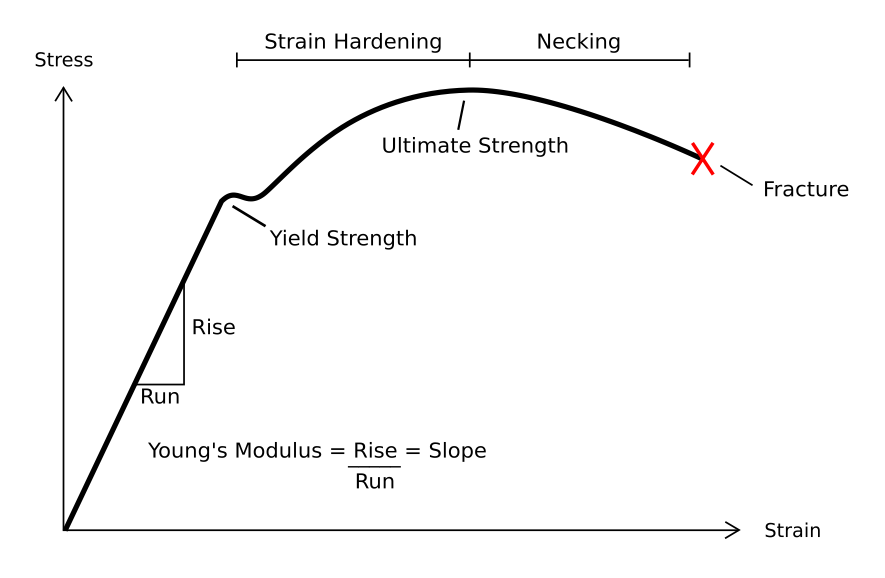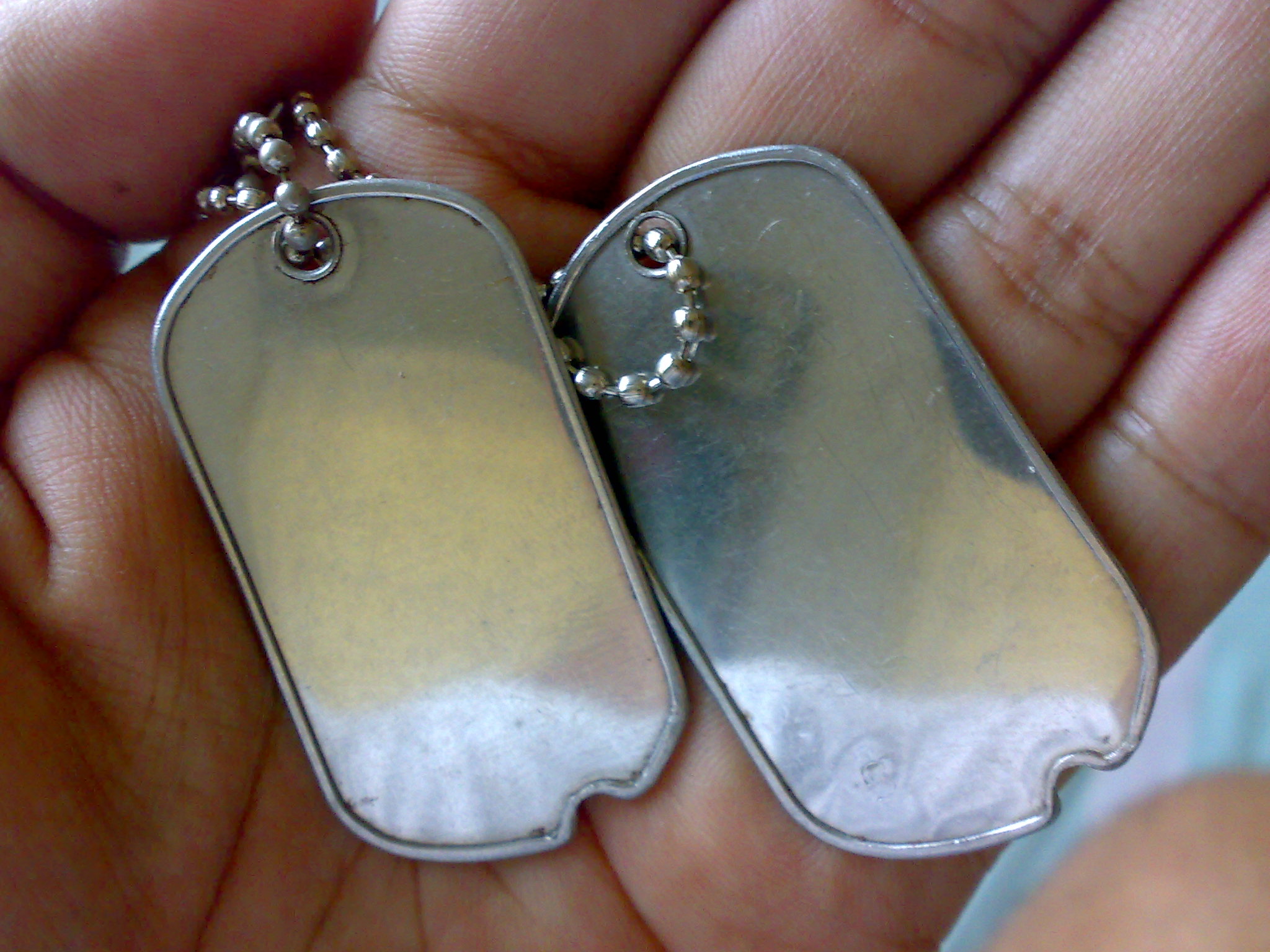|
Ball Chain
Ball chain or bead chain is a type of chain consisting of small sheet metal balls connected via short lengths of wire. The balls are hollow and have two small antipodal holes. These holes accept a short length of wire deformed on the end like a rivet so that the end is bound inside the ball. The wire is then connected to another ball using the same method. Many of the balls and wires are joined together to form a chain. Because of the connection method, the chain can swivel A swivel is a connection that allows the connected object, such as a swivel gun, gun, swivel chair, chair, Caster, swivel caster, or an anchor rode to rotate horizontally or vertically. Swivel designs A common design for a swivel is a cylindr ... on itself unrestrictedly, which helps prevent kinking. However, the chain has a relatively low strength. Ball chains are also sometimes known as snake link or toilet chain. The most common ball chain accessories are connectors. Each end of a connector i ... [...More Info...] [...Related Items...] OR: [Wikipedia] [Google] [Baidu] |
Stainless Steel Ball Chain , the second national flag of the Confederate States of America
{{Disambiguation ...
Stainless may refer to: * Cleanliness, or the quality of being clean * Stainless steel, a corrosion-resistant metal alloy * Stainless Games, a British video game developer * Stainless Broadcasting Company, a TV broadcaster based in Michigan, US * Stainless Banner The flags of the Confederate States of America have a history of three successive designs during the American Civil War. The flags were known as the "Stars and Bars", used from 1861 to 1863; the "Stainless Banner", used from 1863 to 1865; and ... [...More Info...] [...Related Items...] OR: [Wikipedia] [Google] [Baidu] |
Chain
A chain is a serial assembly of connected pieces, called links, typically made of metal, with an overall character similar to that of a rope in that it is flexible and curved in compression but linear, rigid, and load-bearing in tension. A chain may consist of two or more links. Chains can be classified by their design, which can be dictated by their use: * Those designed for lifting, such as when used with a hoist; for pulling; or for securing, such as with a bicycle lock, have links that are torus-shaped, which make the chain flexible in two dimensions (the fixed third dimension being a chain's length). Small chains serving as jewellery are a mostly decorative analogue of such types. * Those designed for transferring power in machines have links designed to mesh with the teeth of the sprockets of the machine, and are flexible in only one dimension. They are known as roller chains, though there are also non-roller chains such as block chains. Two distinct chains can be ... [...More Info...] [...Related Items...] OR: [Wikipedia] [Google] [Baidu] |
Sheet Metal
Sheet metal is metal formed into thin, flat pieces, usually by an industrial process. Thicknesses can vary significantly; extremely thin sheets are considered foil (metal), foil or Metal leaf, leaf, and pieces thicker than 6 mm (0.25 in) are considered plate, such as plate steel, a class of structural steel. Sheet metal is available in flat pieces or coiled strips. The coils are formed by running a continuous sheet of metal through a roll slitting, roll slitter. In most of the world, sheet metal thickness is consistently specified in millimeters. In the U.S., the thickness of sheet metal is commonly specified by a traditional, non-linear measure known as its Sheet metal gauge, gauge. The larger the gauge number, the thinner the metal. Commonly used steel sheet metal ranges from 30 gauge (0.40 mm) to about 7 gauge (4.55 mm). Gauge differs between ferrous (Iron, iron-based) metals and nonferrous metals such as aluminum or copper. Copper thickness, for example ... [...More Info...] [...Related Items...] OR: [Wikipedia] [Google] [Baidu] |
Deformation (engineering)
In engineering, deformation (the change in size or shape of an object) may be ''elastic'' or ''plastic''. If the deformation is negligible, the object is said to be ''rigid''. Main concepts Occurrence of deformation in engineering applications is based on the following background concepts: * ''Displacements'' are any change in position of a point on the object, including whole-body translations and rotations ( rigid transformations). * ''Deformation'' are changes in the relative position between internals points on the object, excluding rigid transformations, causing the body to change shape or size. * ''Strain'' is the ''relative'' ''internal'' deformation, the dimensionless change in shape of an infinitesimal cube of material relative to a reference configuration. Mechanical strains are caused by mechanical stress, ''see stress-strain curve''. The relationship between stress and strain is generally linear and reversible up until the yield point and the deformation is ... [...More Info...] [...Related Items...] OR: [Wikipedia] [Google] [Baidu] |
Rivet
A rivet is a permanent mechanical fastener. Before being installed, a rivet consists of a smooth cylinder (geometry), cylindrical shaft with a head on one end. The end opposite the head is called the ''tail''. On installation, the deformed end is called the ''shop head'' or buck-tail. Because there is effectively a head on each end of an installed rivet, it can support Tension (physics), tension loads. However, it is much more capable of supporting Shear force, shear loads (loads perpendicular to the axis of the shaft). Fastenings used in traditional wooden boat building, such as copper nails and clinch bolts, work on the same principle as the rivet but were in use long before the term ''rivet'' was introduced and, where they are remembered, are usually classified among nails and bolts respectively. History Solid rivets are one of the oldest and most reliable types of fasteners, having been found in archeology, archaeological findings dating back to the Bronze Age. Rivet ... [...More Info...] [...Related Items...] OR: [Wikipedia] [Google] [Baidu] |
Swivel
A swivel is a connection that allows the connected object, such as a swivel gun, gun, swivel chair, chair, Caster, swivel caster, or an anchor rode to rotate horizontally or vertically. Swivel designs A common design for a swivel is a cylindrical rod that can turn freely within a support structure. The rod is usually prevented from slipping out by a nut, washer or thickening of the rod. The device can be attached to the ends of the rod or the center. Another common design is a sphere that is able to rotate within a support structure. The device is attached to the sphere. A third design is a hollow cylindrical rod that has a rod that is slightly smaller than its inside diameter inside of it. They are prevented from coming apart by flanges. The device may be attached to either end. A swivel joint for a pipe (material), pipe is often a screw thread, threaded connection in between which at least one of the pipes is curved, often at an angle of 45 or 90 degrees. The connection is t ... [...More Info...] [...Related Items...] OR: [Wikipedia] [Google] [Baidu] |
Counter Pen
A counter pen is a pen designed to be affixed to the counter or table of an institution, such as a bank or a post office, typically by a chain, ball chain or plastic cord, making it less likely that the pen will be accidentally or purposefully removed. A 1938 issue of ''The Bankers Monthly'' describes the concept: "The pen also gives a better write than the ordinary counter pen. The ink stand cannot be stolen, for it is fastened to the counter or desk. Besides, a chain between pen and stand prevents anyone from wandering away with the pen." See also * List of pen types, brands and companies A list is a set of discrete items of information collected and set forth in some format for utility, entertainment, or other purposes. A list may be memorialized in any number of ways, including existing only in the mind of the list-maker, but ... References Pens {{Tool-stub ... [...More Info...] [...Related Items...] OR: [Wikipedia] [Google] [Baidu] |
Dog Tag (identifier)
Dog tag is an informal but common term for a specific type of identification tag worn by military personnel. The tags' primary use is for the identification of casualties; they have information about the individual written on them, including identification and essential basic medical information such as blood type and history of inoculations. They often indicate a religious preference as well. Dog tags are usually fabricated from a corrosion-resistant metal. They commonly contain two copies of the information, either in the form of a single tag that can be broken in half, or as two identical tags on the same chain. This purposeful duplication allows one tag, or half-tag, to be collected from an individual's dead body for notification, while the duplicate remains with the corpse if the conditions of battle prevent it from being immediately recovered. The term arose and became popular because of the tags' resemblance to animal registration tags. Although typically worn arou ... [...More Info...] [...Related Items...] OR: [Wikipedia] [Google] [Baidu] |
Fineness
The fineness of a precious metal object (coin, bar, jewelry, etc.) represents the weight of ''fine metal'' therein, in proportion to the total weight which includes alloying base metals and any impurities. Alloy metals are added to increase hardness and durability of coins and jewelry, alter colors, decrease the cost per weight, or avoid the cost of high-purity refinement. For example, copper is added to the precious metal silver to make a more durable alloy for use in coins, housewares and jewelry. Coin silver, which was used for making silver coins in the past, contains 90% silver and 10% copper, by mass. Sterling silver contains 92.5% silver and 7.5% of other metals, usually copper, by mass. Various ways of expressing fineness have been used and two remain in common use: ''millesimal fineness'' expressed in units of parts per 1,000 and '' karats'' or ''carats'' used only for gold. Karats measure the parts per 24, so that 18 karat = = 75% gold and 24 karat gold is considered ... [...More Info...] [...Related Items...] OR: [Wikipedia] [Google] [Baidu] |
Sterling Silver
Sterling silver is an alloy composed mass fraction (chemistry), by weight of 92.5% silver and 7.5% other metals, usually copper. The sterling silver silver standards, standard has a minimum millesimal fineness of 925. ''Fineness, Fine silver'', which is 99.9% pure silver, is relatively soft, so silver is usually alloyed with copper to increase its hardness and strength. Sterling silver is prone to Tarnish, tarnishing, and elements other than copper can be used in alloys to reduce tarnishing, as well as casting porosity and firescale. Such elements include germanium, zinc, platinum, silicon, and boron. Recent examples of these alloys include Argentium sterling silver, ''argentium'', ''sterlium'' and ''silvadium''. Etymology The term ''sterling silver'' originally meant "silver fit to be used in the making of sterlings", ''sterling'' being another name for the English Penny (English coin), silver penny. The etymology of ''sterling'' itself is Pound_sterling#Etymology, unclear and ... [...More Info...] [...Related Items...] OR: [Wikipedia] [Google] [Baidu] |







